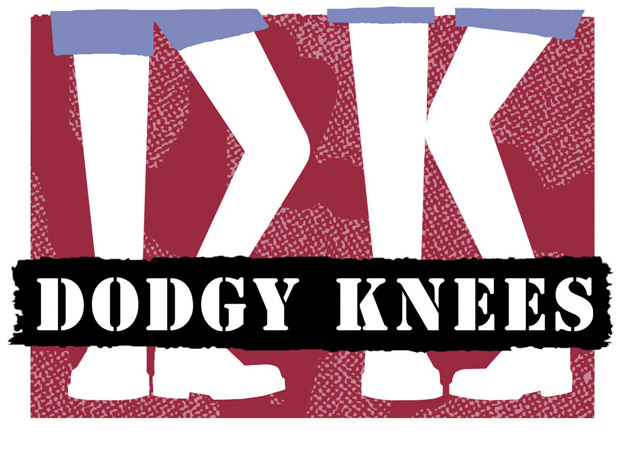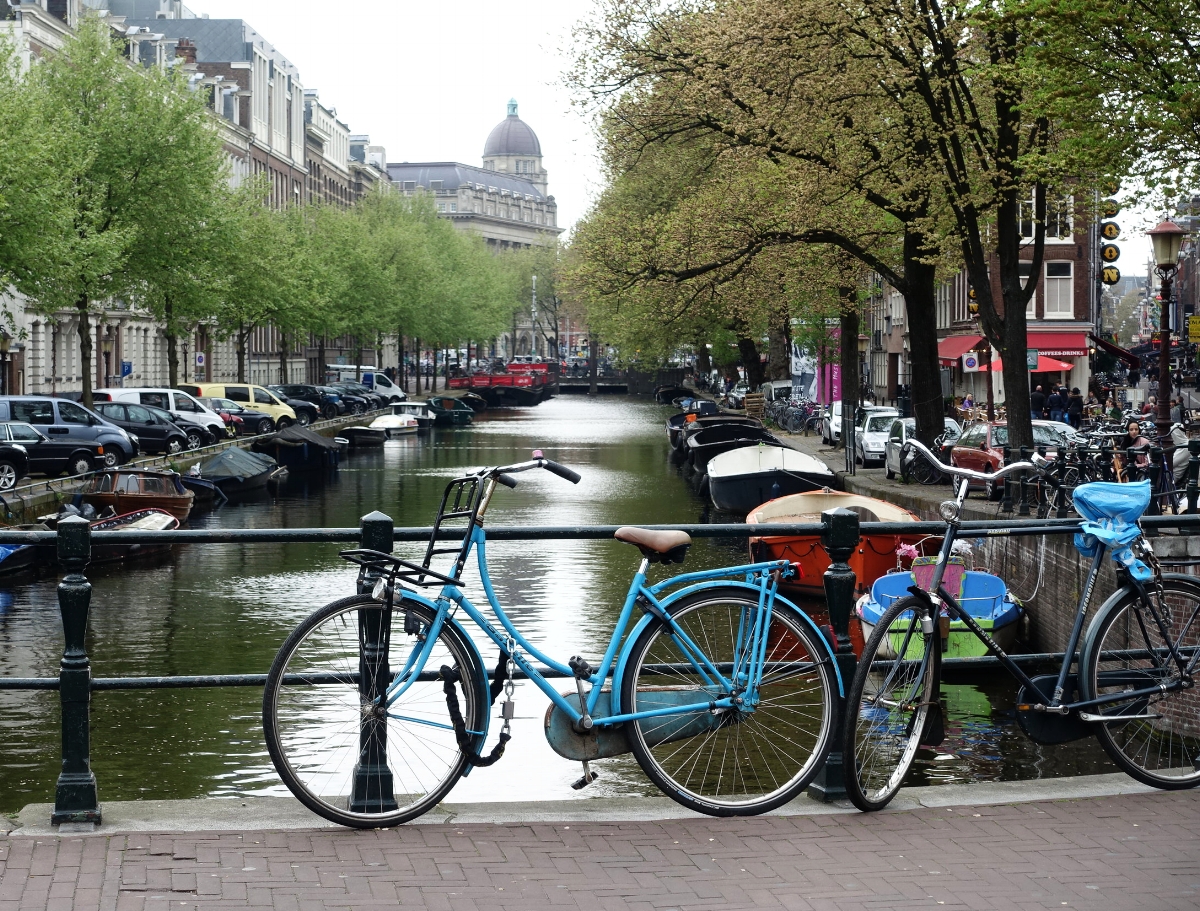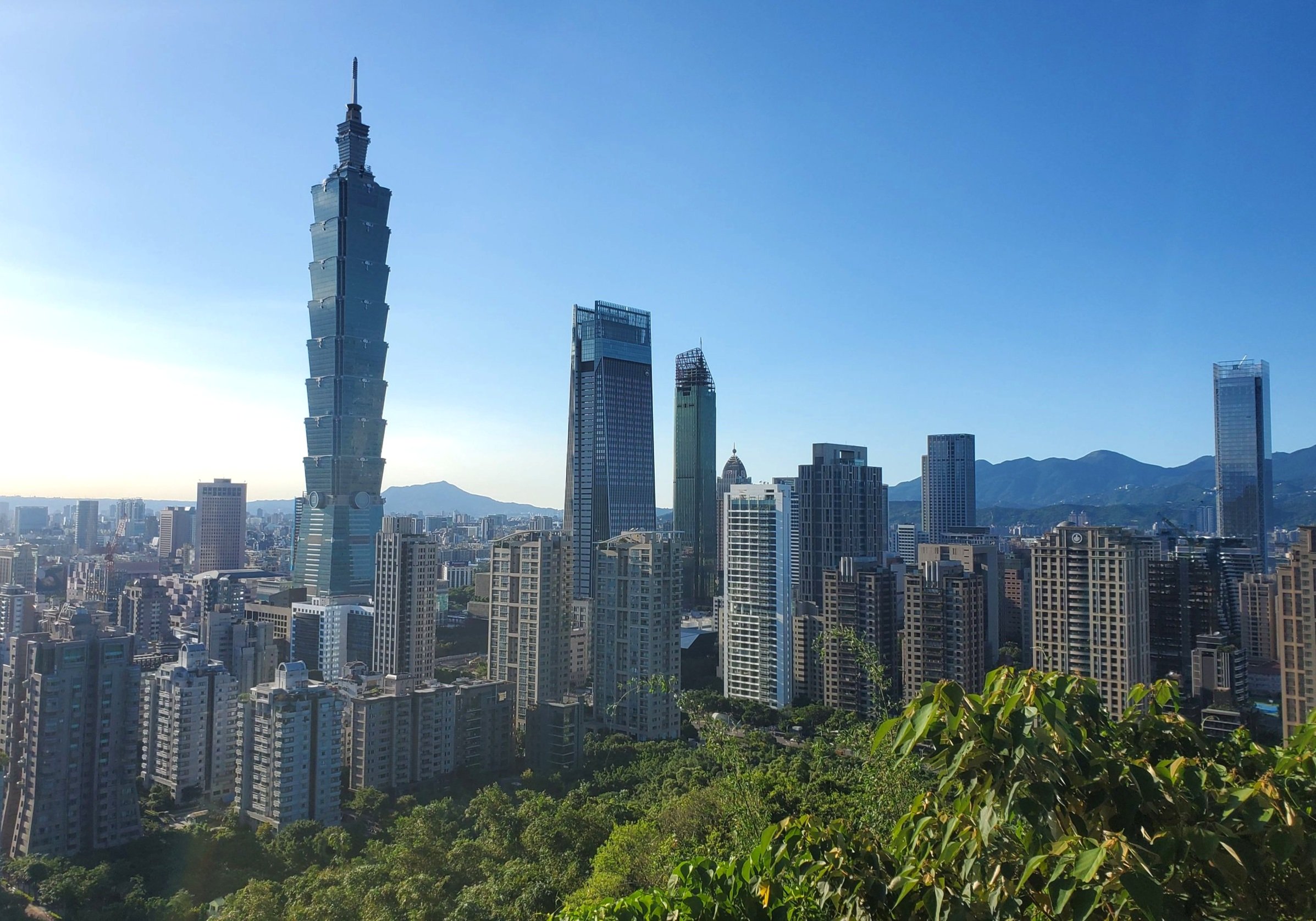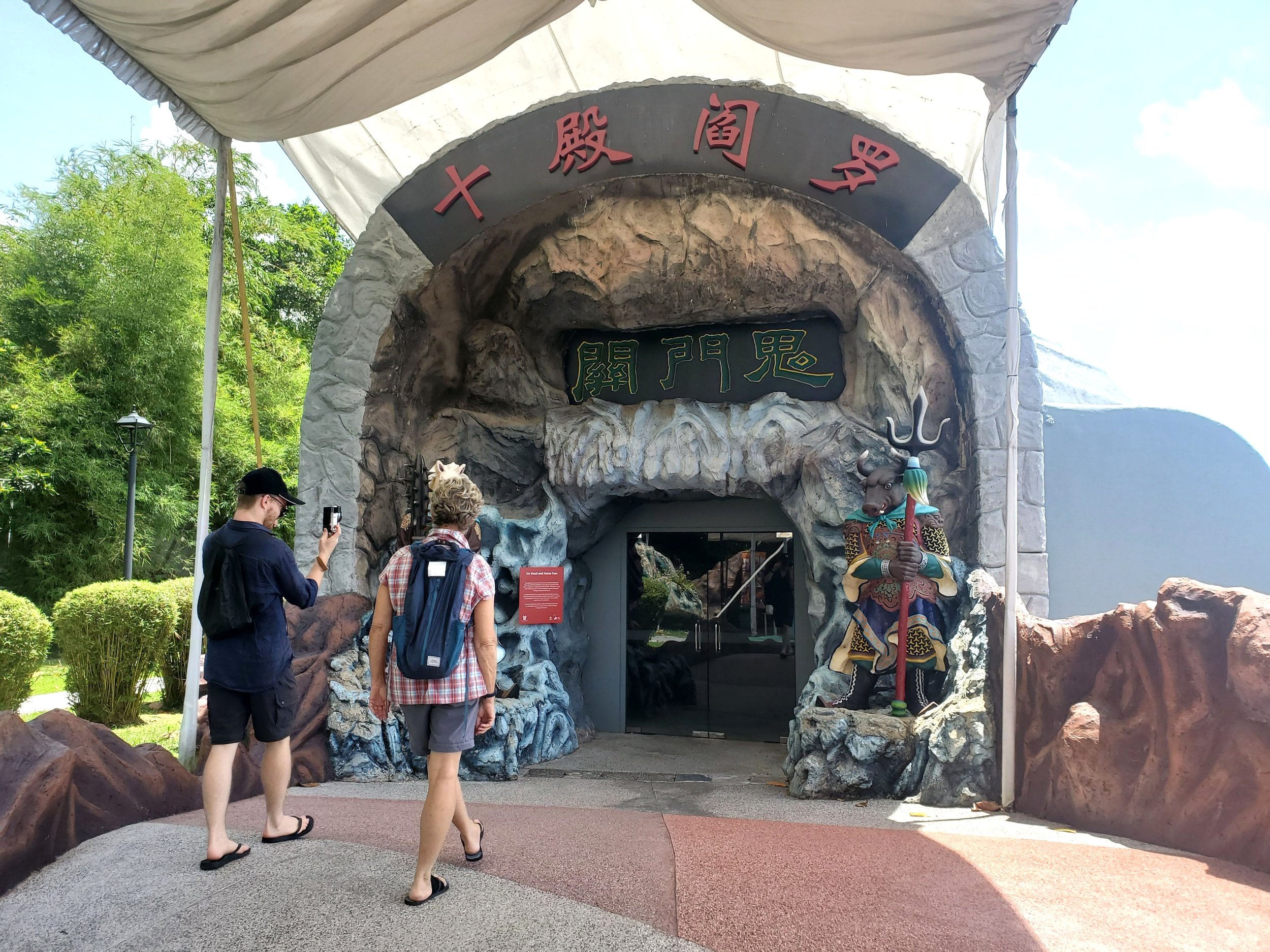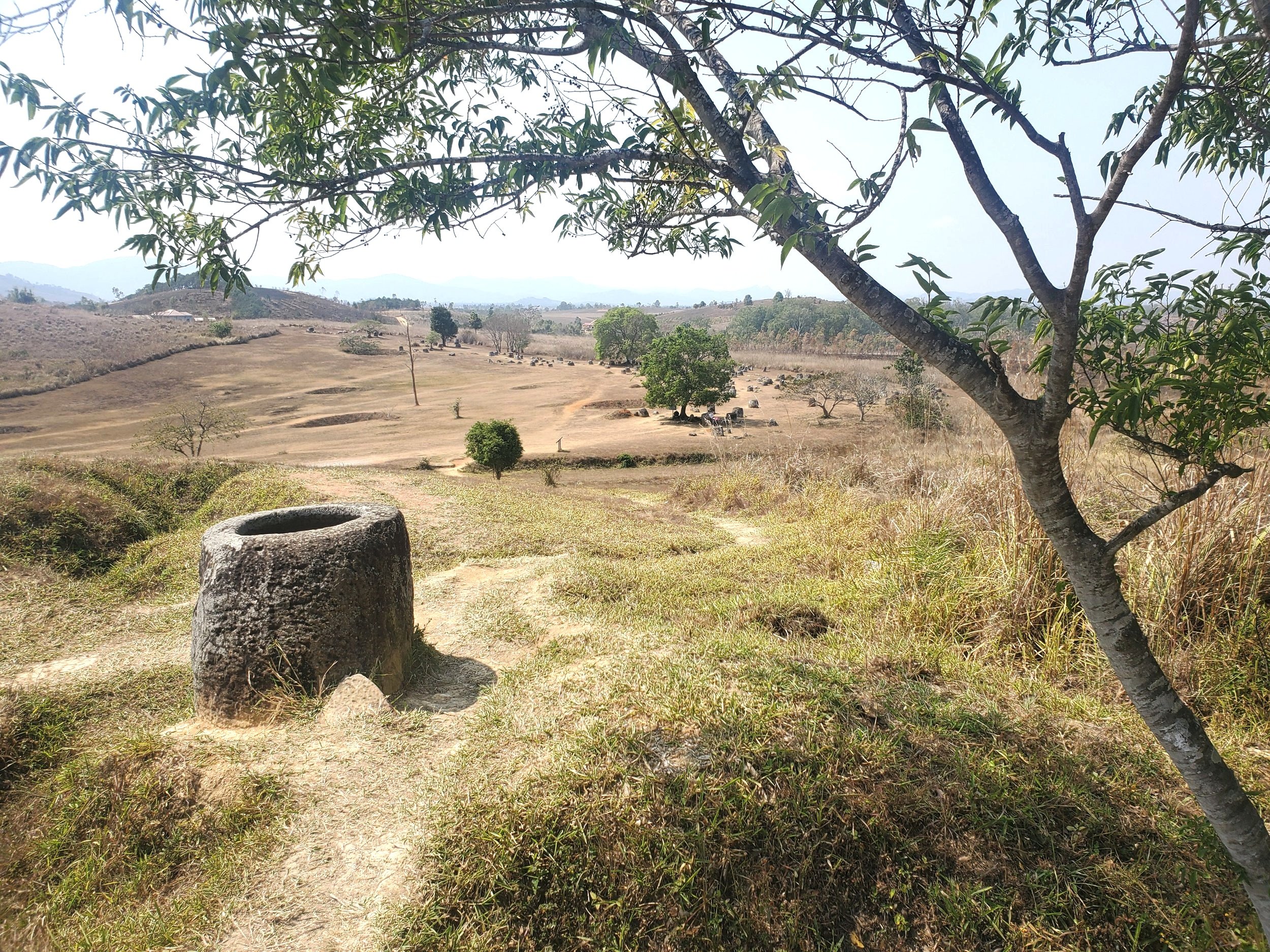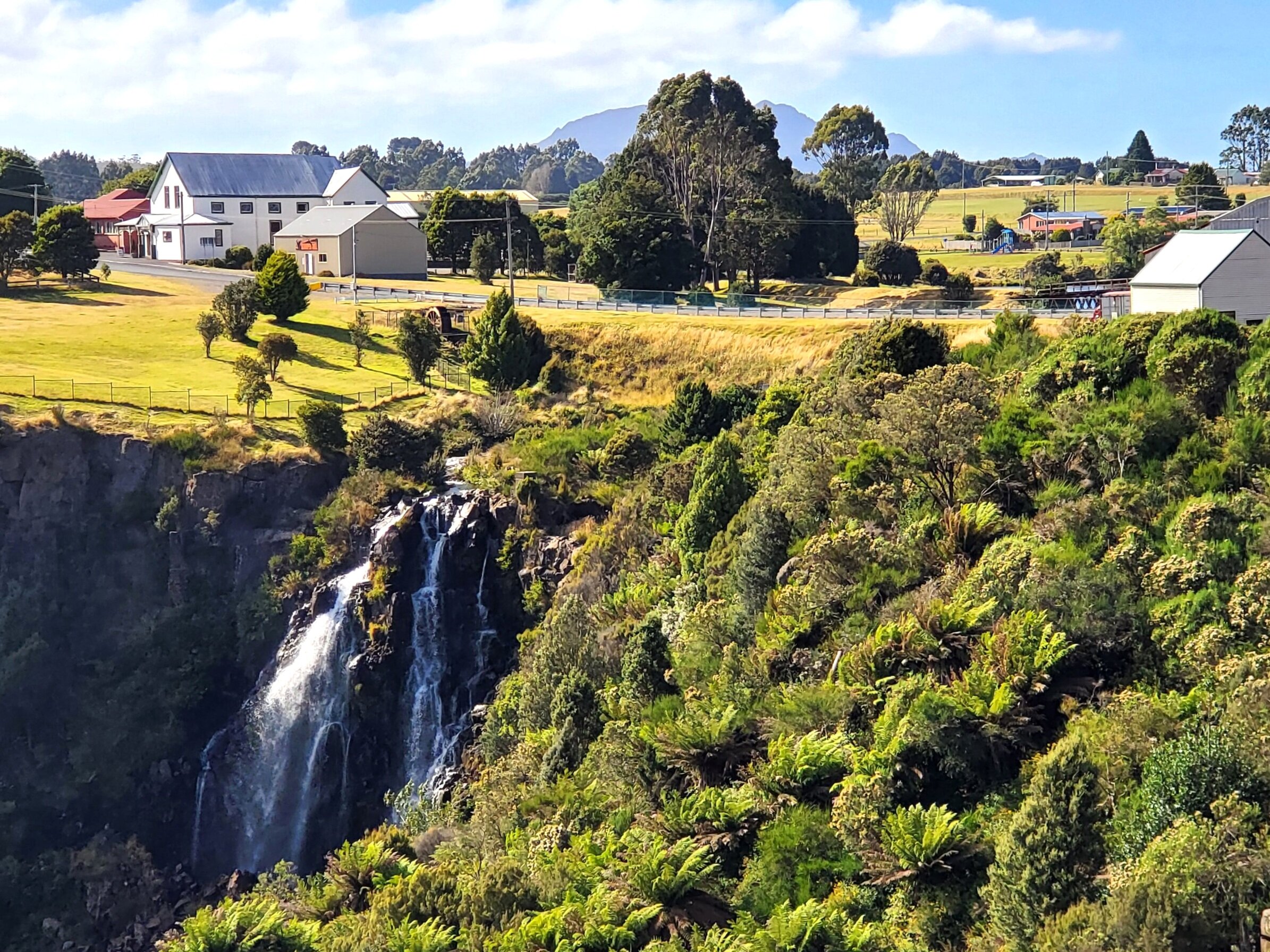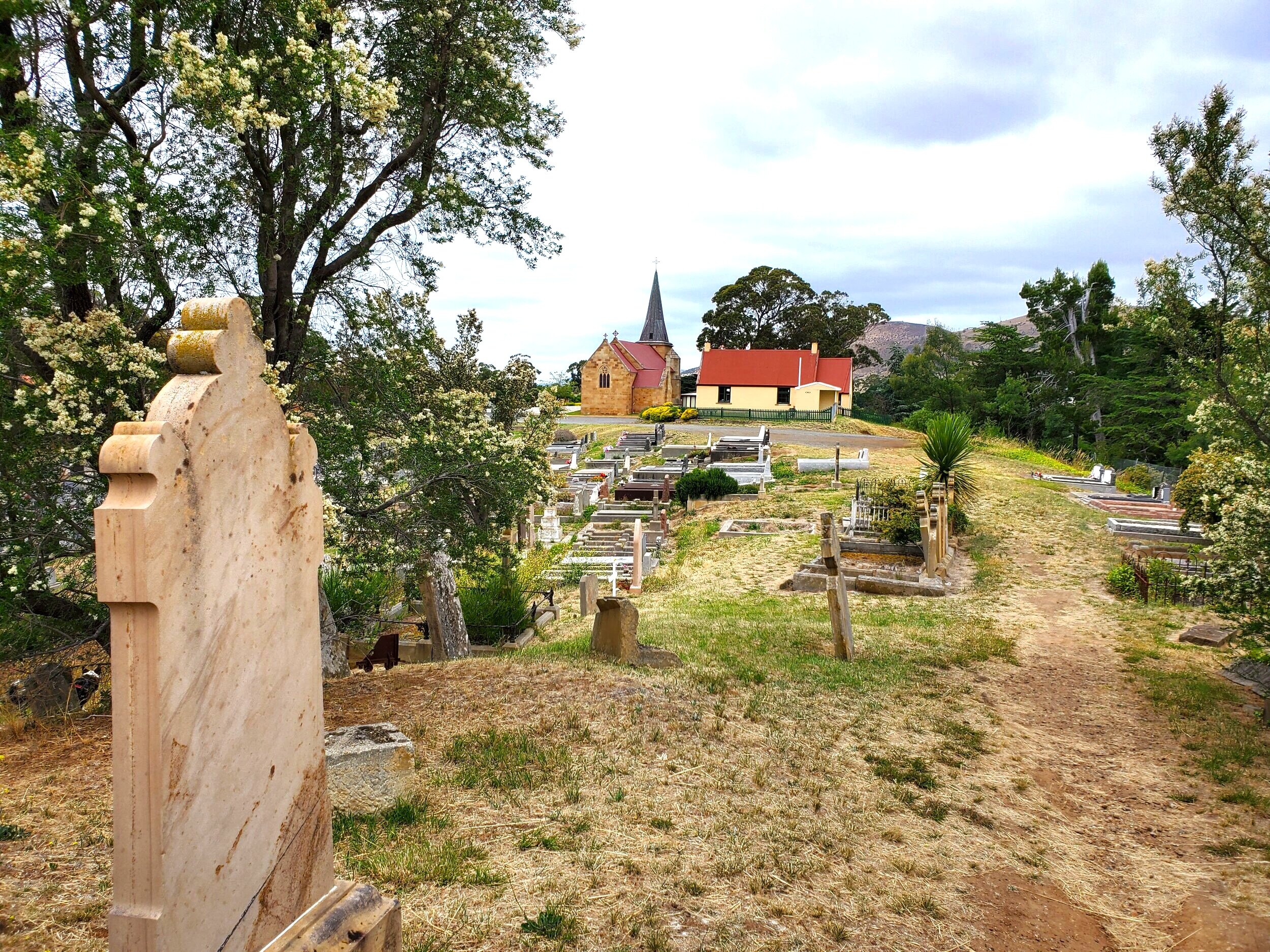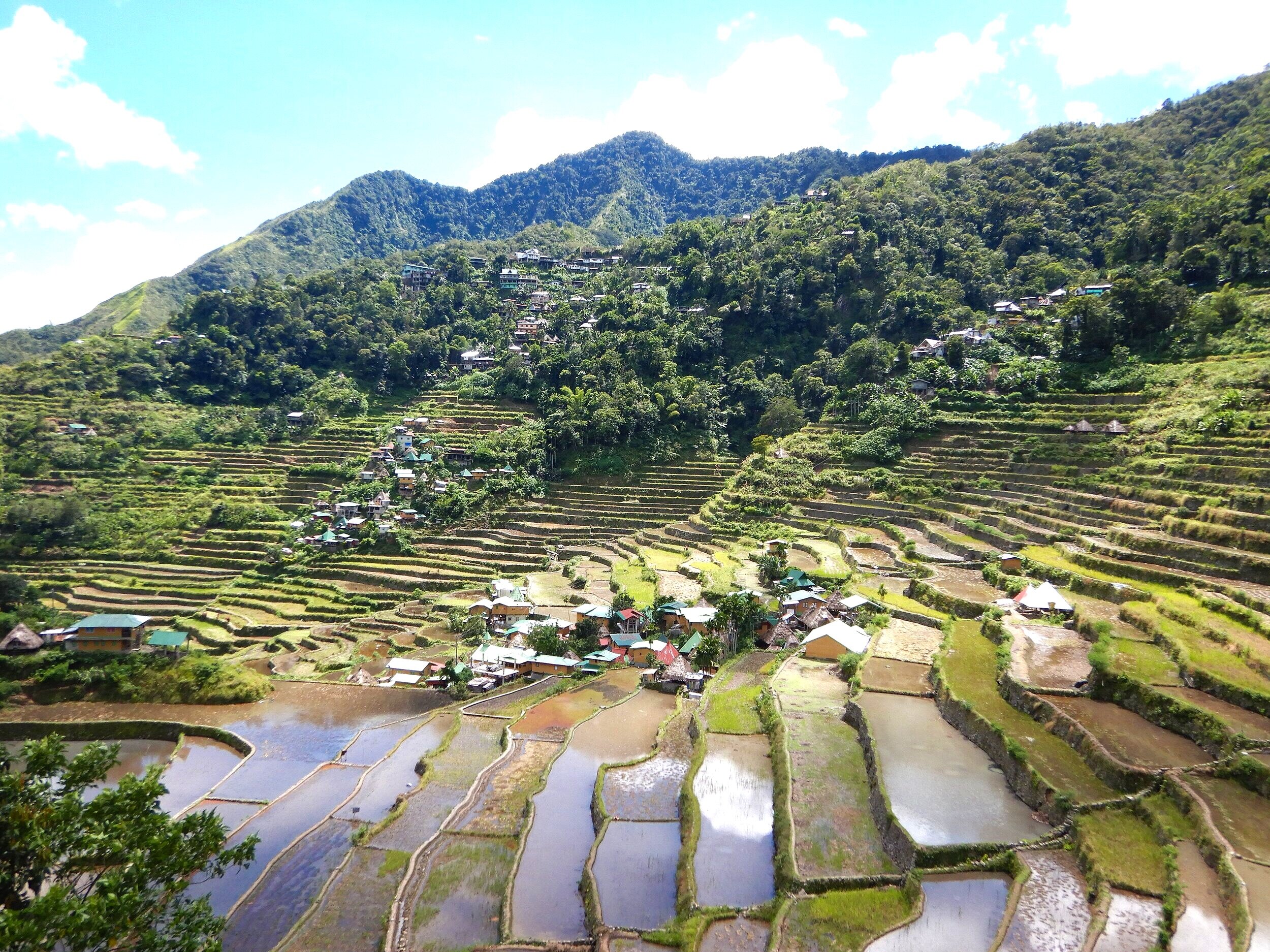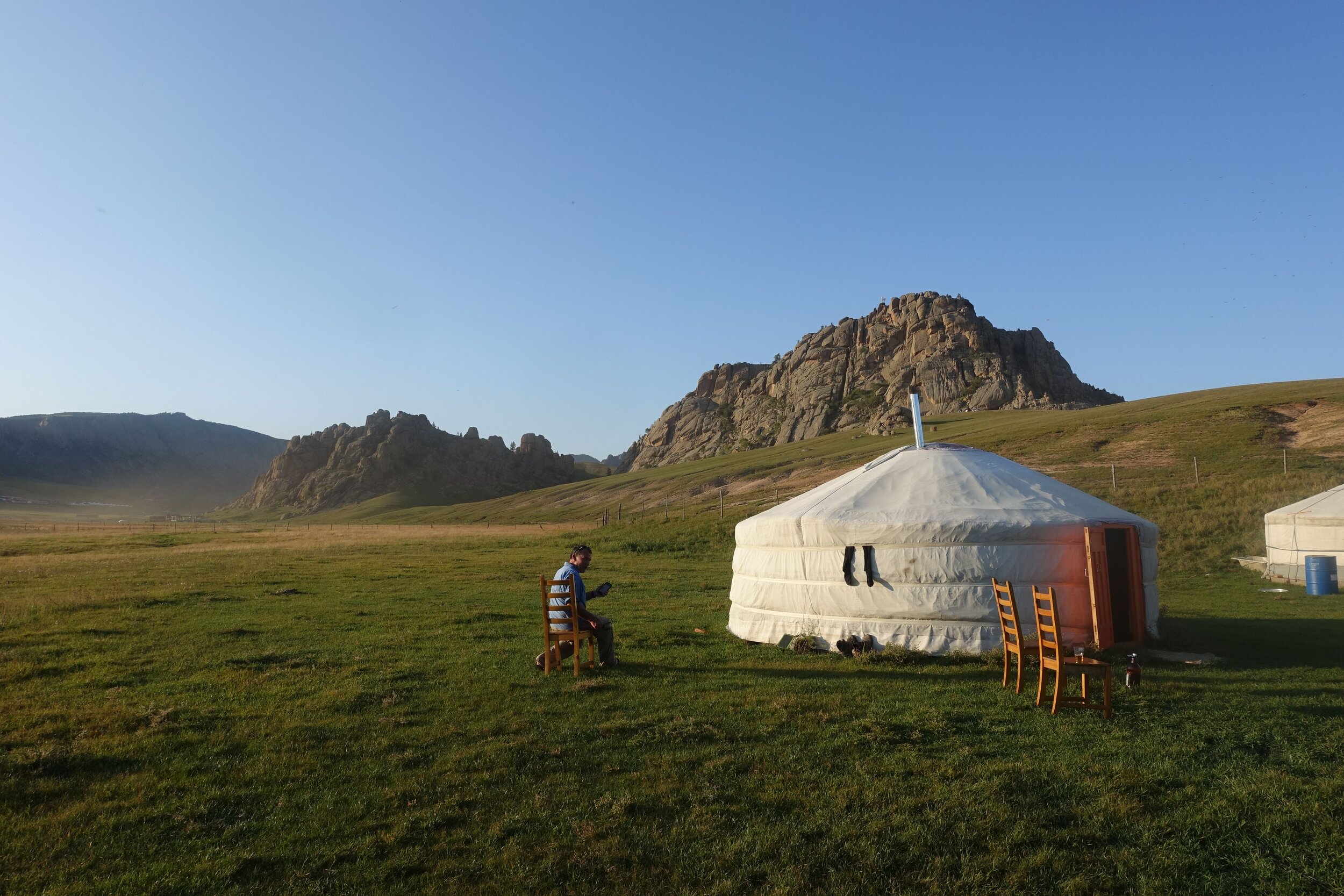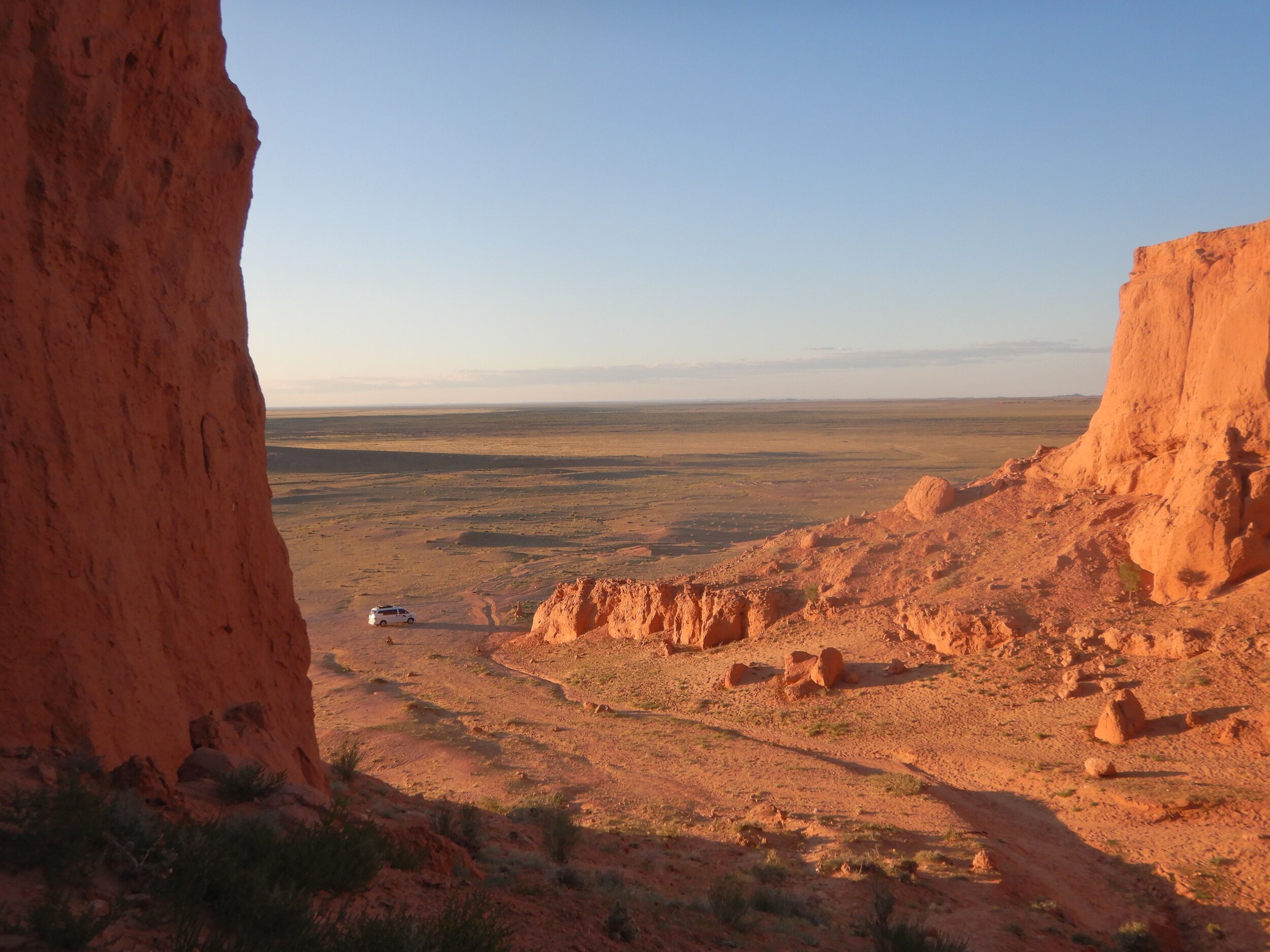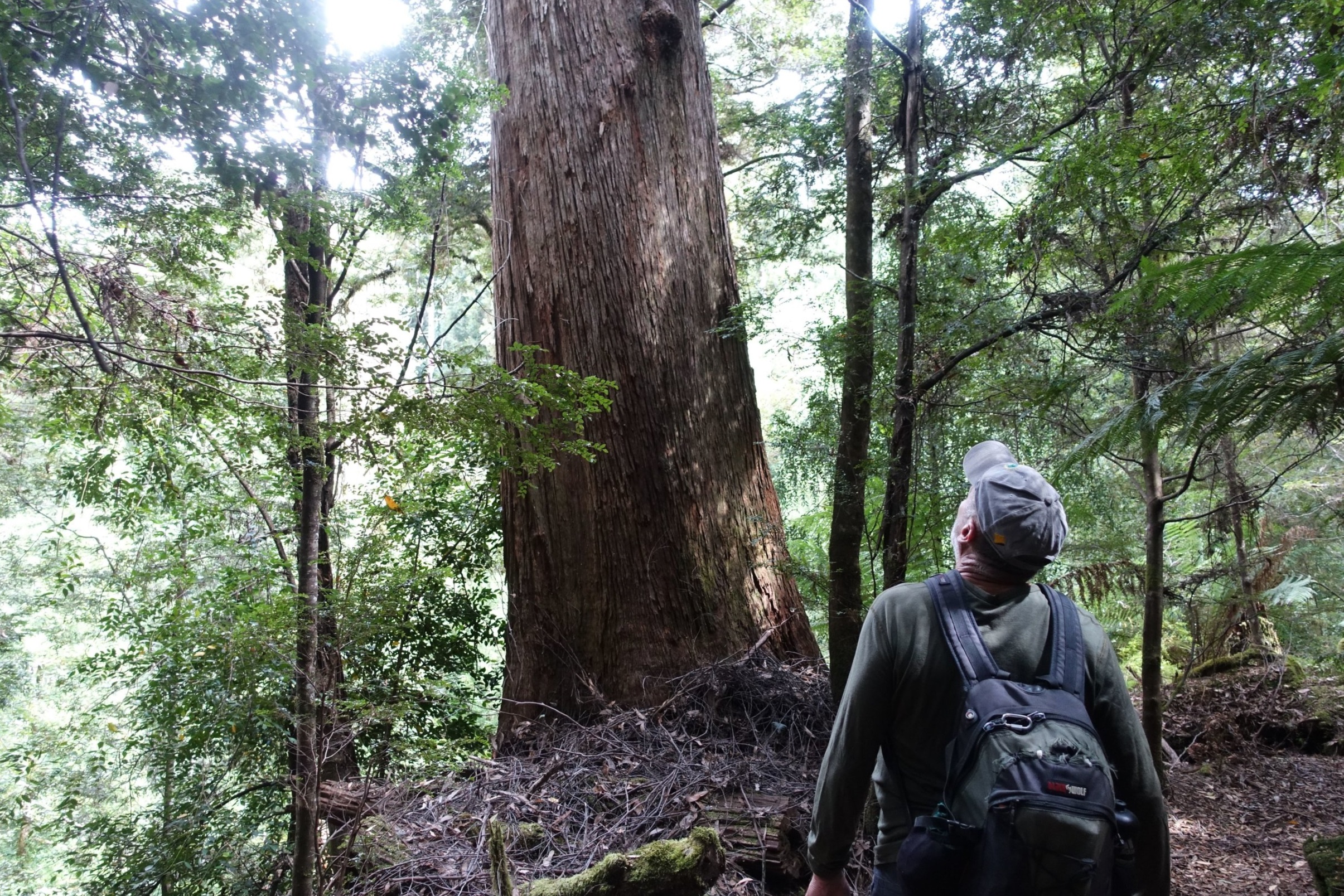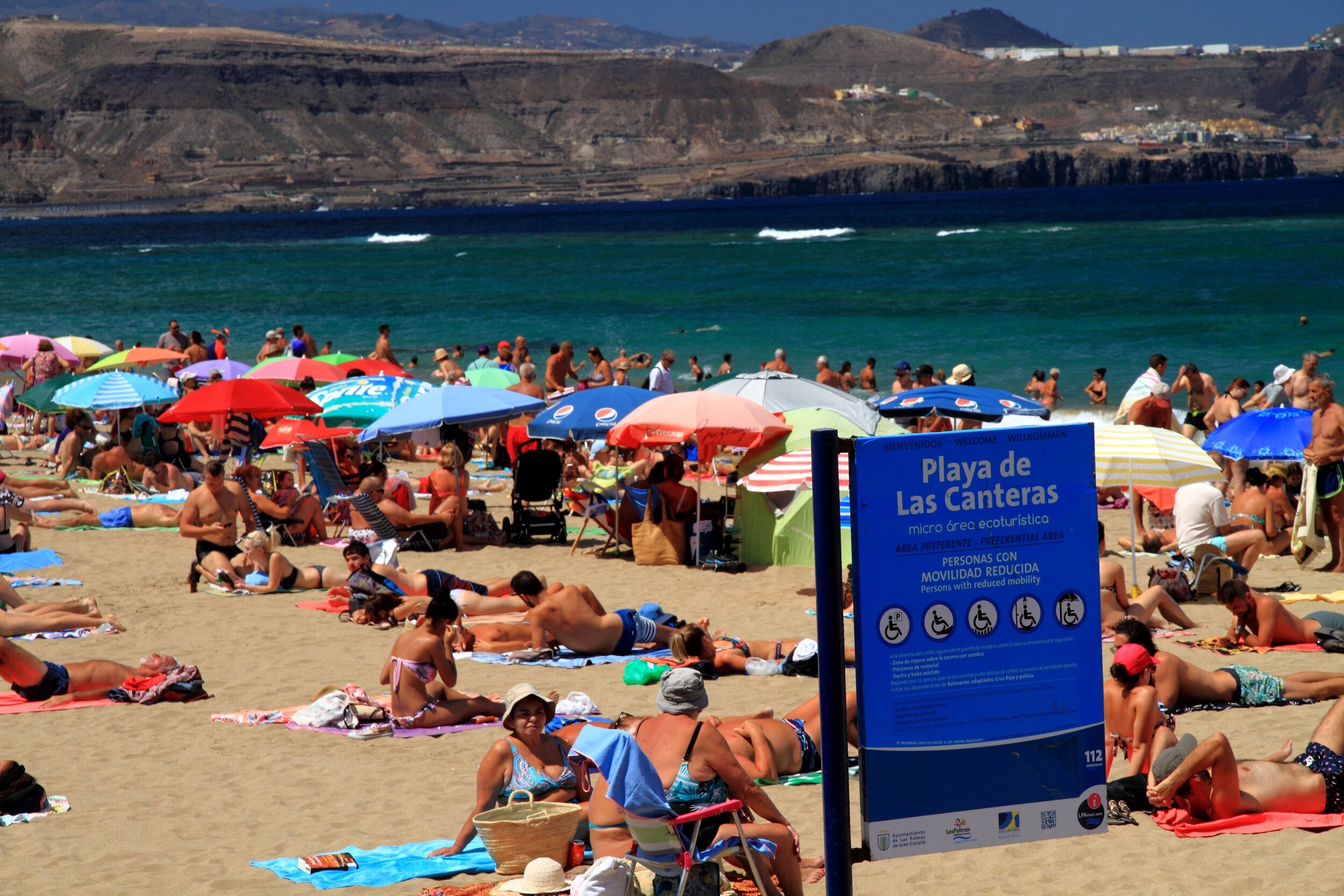Our Slovenian Program
/Introduction
In 1986 I met a young Slovenian couple, Samo and Mircha in Xian, China – you know the terracotta warriors and all that. Later that year I visited them in their home town of Kranj, just north of the Slovenian capital Ljubljana. At that time Slovenia was still part of Yugoslavia.
After that we kept in contact for a while then lost it, until three years ago when we reconnected after a 15 year interval. We vowed that we would arrange to meet again soon if we could.
geraniums
Well, that time came in May 2017 when we travelled across Europe from Amsterdam on our way to Athens and we went via Slovenia.
the dragon bridge of Ljubljana - a well known symbol of the city
We spent two nights in Ljubljana checking out the famous triple bridge, Ljubljana Castle and the impressive Ethnological Museum.
the triple bridge
We then took the thirty minute train trip north to Kranj to spend a few days with Samo and Mircha, who had arranged some time off work to show us a little of their country.
ljubljana
Little did we know what a cracking pace would be set in what would become known to us as our “Slovenian Program”.
Day 1
We arrived in Kranj around 11.30 am and were met by Samo. It was then on to their home for bag drop, lunch, and some pear schnapps (it cleans the teeth and it’s good for your stomach – we were told). After a delicious lunch it was into the car and off to Vintgar Gorge in Triglavski Narodni Park which is a short drive NW of Kranj in the vicinity of famous Lake Bled.
the walkway through vintar gorge
The walkway through the gorge is a work of art and engineering in its own right.
The limestone rock against the clean, clear water of the gorge and the green springtime growth made for a very enjoyable walk.
lake bled
After the gorge we drove a short distance to Slovenia’s most iconic tourist destination, beautiful Lake Bled.
the sun sets over lake bled and day 1.
We were blessed with clear, blue skies and a warm afternoon as we did the 6km circuit of the lake. It was then home for the end of Day 1.
Day 2
The Program started with a stroll around Kranj. The city itself gets its name originally from its 6th century AD Roman name of Carnium. But Kranj was settled long before then, and has seen many others over the ages including Celts, Ostrogoths and of course, Slavs.
kranj
Today the city boasts many well-preserved Medieval buildings so it is an interesting place to walk.
strolling kranj
We met a procession of all the senior high school students in the region who traditionally march through the town at the end of their schooling and before the final exams.
end of school processi.on
Next stop was the historic town of Škofja Loka. The town is over a thousand years old.
cappuchin bridge
The 18th Century Cappuchin Bridge crossing the Selca Sora River is the oldest preserved bridge in Slovenia.
Throughout our touring Samo and Mircha provided expert commentary on the history of their small, proud country.
chiurch of primus and st. felician (as per our cover shot - couldn't resist putting it in twice)
We then drove through the countryside to visit the hilltop Church of Primus and St. Felician at Jamnik which dates back to 1501 and served as a signal post against Turkish invasion.
memorial to those who died fighting in Drazgose
We also visited the memorial at a nearby Drazgose to pay our respects to the partisan fighters and villagers who died at the hands of the Nazis in 1942.
beer o'clock in kropa
We then went to the town of Kropa, famous for its ironwork. It was time for a beer.
samo in action at the barbie
Day 2 ended with a barbeque and a few more beers back at home.
Day 3
Slovenia has many high mountains. The Julian Alps adjoin the Austrian Alps and are higher. Slovenes love to ski in winter and walk their mountain trails whenever they can.
However, unlike our small Australian mountains, which usually have nothing on top except maybe a trig point (i.e. marker), Slovene mountains often have cabins selling food and drink and basic accommodation.
from the cabin on kofce
So, after a half hour walk from where we parked up a mountain named Kofce we arrived at such an establishment. A selection of schnapps was provided – one was made from honey, one from blueberries, another was bitter tasting and came from some sort of root, and the last was from an alpine flower. All, we were assured, were good for the stomach. The schnapps was accompanied by homemade pork sausage and cheese. Very tasty.
schnapps time on the mountain
After a short period to digest our lunch it was back down the mountain and off to do some Slovenian socialising, but only after a quick stop at a local pub for a cleansing ale.
on kofce
First social stop was the home of Mircha’s parents who I’d met back in 1986. Out came the homemade schnapps (absolutely excellent for the stomach) followed by champagne. By now we had concluded that Slovenians must have the healthiest stomachs in the world. No need for all those silly bacteria laden yoghurts – you just need a little regular schnapps.
Next was Samo’s brother-in-law, Matjaz’s 50th birthday, where we were treated like honoured guests – very friendly, hospitable folk. We had good food, and more drink (though no schnapps this time, but I’m sure if we’d asked it would have been provided). Thank you Matjaz and wife Sanda.
traditional slovene hay drier
The day wasn’t done yet. We called in on friends of Samo and Mircha who have an organic, permaculture farm. We toured the farm which was fascinating. The family also owns a 250 year old traditional Slovenian farmhouse. It was nearby so we popped over for a look. And yes, out came the schnapps. Something called 1000 flower schnapps. “Good for the stomach?” I asked. “No”, our host replied, “good for the blood.”
At around 10.00pm we arrived home tired but satisfied. However, there was still time to enjoy a few more beers and listen to Slovenian music, as this was to be our last night.
Day 4
There was to be no letup in The Program for our final day. In fact, we were to rev it up a notch for a big finish.
After breakfast, it was off to Karst Country. The ever-reliable Wikipedia defines karst as: “Karst topography is a landscape formed from the dissolution of soluble rocks such as limestone, dolomite, and gypsum. It is characterized by underground drainage systems with sinkholes and caves.”
karst country
It gets its name from the Karst Plateau of southern Slovenia, which starts just north of Trieste in Italy on the Adriatic.
goce
Our first stop was the small town of Goce, which is well known locally for its quality wine. In a restored 400 year old house we did some wine tasting and sampled some of the region’s famous prosciutto.
wine tasting in goce
Next stop, some more wine tasting. I’d come across a white wine made from a grape variety called zelen on one of our earlier excursions. Having never heard of it I was keen to give it a try. It is only found in Slovenia. Fortunately, our winery stop produced zelen. We tried it and bought a couple of bottles. Very nice – a bit like a crisp, grassy pinot grigio.
sampling the zelen
Back into the car and we called into the historic town of Štanjel which dates back to the Middle Ages. It is notable for its castle and gardens.
Štanjel
The view from the garden terrace was pretty good.
view from the terrace
Not done yet we then went to a small town where local wine and produce makers were having one of their traditional open days (it happens eight days a year). On such occasions people’s houses become pop-up café/restaurants. Time for some delicious deer goulash, goats’ cheese and local red wine (called teran).
pop up restaurant
As the clock struck 5.00pm we headed the short distance from here to Trieste, our end point for this part of our journey.
After a final beer in the impressive Trieste Piazza we said our goodbyes.
piazza unita d'italia - trieste
The Slovene Program had come to an end. We had lost track of how many fabulous places we been to in just 4 days (I’m sure I’ve left out a few things). We learned about the history and culture, enjoyed the delicious food and drink, and seen Slovenia in (mostly) glorious, spring sunshine.
It is certainly one of the most beautiful and interesting countries in Europe with a people that are friendly and hospitable.
samo, cally and mircha
Thank you Samo and Mircha (and sons Bor and Filip) and all your family, friends and comrades we met along the way for making our visit to Slovenia one we’ll never forget.
Hvala lepa
Ken (and Cally too, of course)
bled castle
